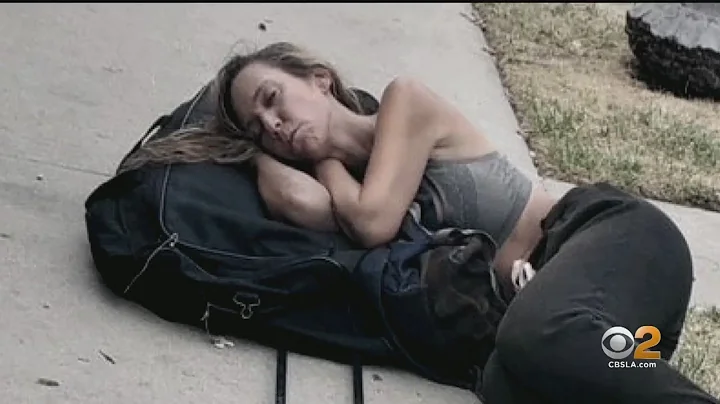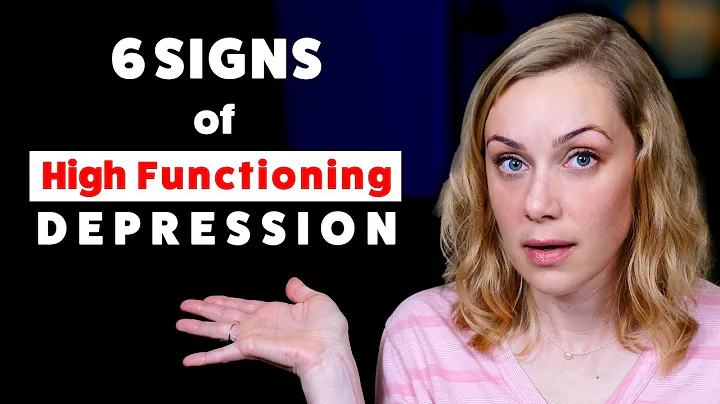Today introduce the eighth psychological card: emotion
Contemporary psychologists define emotions as a complex pattern of physical and psychological changes, including physiological arousal, sensation, cognitive processes, explicit expressions (including expressions and gestures), and special behavioral reactions, which are all made in situations that individuals believe have personal significance.

External expression of emotions
Emotion (emotion) is an internal subjective experience, but when emotions occur, they are always accompanied by some external expression. This external expression is also some behavioral characteristics that can be observed. These external manifestations related to emotions are called expressions, including facial expressions, posture expressions and tone expressions.
#1
Faceful expression
refers to the expression of various emotional states through changes in eye muscles, facial muscles and mouth muscles. Studies have shown that different parts of the face have different expression effects. The eyes are most important for expressing sadness. It’s easy to understand if you look at Lin Meimei’s ’s eyes!


#2
pose expression
can be divided into two types: body expression and gesture expression
body expression : In different emotional states, the body posture will change, such as "laughing" when you are happy and "crunch your shoulders" when you are afraid.

Gesture Expression : Gestures are usually used with words to express attitudes and thoughts such as approval or objection, acceptance or rejection, like or dislike. Research shows that gesture expressions are learned through learning. They not only have individual differences, but also ethnic or group differences. The latter expresses the influence of social culture and traditional habits. The same gesture is used to express different emotions in different ethnic groups.

#3
Tone and emoticon
For example, when your homework is not finished or your work is not done well, and your teacher or your boss criticizes you, their tone will become higher.

Emotional state
Emotional state refers to a certain emotion generated within a certain period of time under the influence of a certain event or situation. Among them, the more typical emotional states include mood, passion and stress.
Mentality
Mentality refers to a relatively calm and lasting emotional state of a person, which is diffuse. It is not a specific experience about a certain thing, but experiences and treats everything with the same attitude. For example, "People feel happy when they are happy." People who encounter happy events always face others happily, rather than being happy with someone.


Passion
Passion is a strong, explosive, short-term emotional state. It is usually caused by events that are of great significance to the individual. For example, ecstasy after major success, despair after failure, extreme sorrow caused by sudden death of relatives, and extraordinary fear caused by sudden danger. Passion is often accompanied by physiological changes and obvious external behavioral manifestations. For example, when you are angry, your muscles are tense, your eyes are glaring, your hair is rushing, your fists are clenched, etc. People often experience the phenomenon of "narrow consciousness" under passion. The phenomenon of narrow consciousness will be explained specifically in the future.


Stress
Stress refers to a person's adaptive response to some unexpected environmental stimulus. For example, the familiar story " Wu Song Fighting Tiger ". Faced with the sudden and dangerous and unexpected stimulation of the tiger, Wu Song must make an adaptive reaction before the tiger can escape. He wants to use all his strength to make quick choices and take effective actions. At this time, his body and mind are in a state of high tension, which is a state of stress.
When the situation makes demands on a person and he realizes that he is unable to cope with the excessive demands of the current situation, he will experience tension and stress.When a person is in a stressed state, it will cause a series of biological reactions in the body, such as muscle tension, blood pressure, heart rate, , breathing and gland activity, which will have obvious changes.

There are still many knowledge points about emotions, such as various theories of emotions, classification of emotions, and the functions of emotions. Due to limited space and too many words in a article, I don’t write this part of the content. I will continue to introduce these content in the future!











